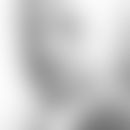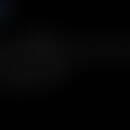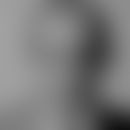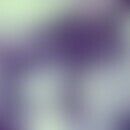Biographical detailsThis section has been translated automatically.
(¤ 1870, 1935) Albert Jesionek was the son of the language teacher Hieronim Jesionek (also Hieronymus Jesionek; * 1829) and his wife Elisabeth née Jundt (* 1828). He studied medicine at the universities of Kiel, Tübingen and Munich. Jesionek studied medicine in Kiel, Tübingen and Munich. He received his doctorate in medicine in Munich in 1894 with his thesis Casuistischer Beitrag zur Lehre vom Fungus durae matris. Jesionek began studying dermatology during his time as an assistant in Munich under Karl Posselt (1837-1916), also taking advantage of a vacation in 1897 to spend time in Vienna with Isidor Neumann (1832-1906), Moriz Kaposi (1837-1902) and Eduard Lang (1847-1916). There he became acquainted with a surgical-plastic method to combat lupus vulgaris .
In 1901, he habilitated at the Institute of Anatomy with the thesis "On the pathology of the secondary luteal disease of the lymph glands". The emerging research around this time in the field of light biology, pathology and therapy by the Nobel Prize winner Niels Finsen (1860-1904), Albert Jodlbauer (1871-1945) and Herrmann von Tappeiner (1847-1927) influenced him to pursue this line of research himself at the level of skin and venereal diseases from 1904. In the year of Finsen's death, Jesionek produced the first dermatotherapeutic irradiation lamp. Together with Tappeiner, Jesionek published studies on fluorescent substances. The increasing knowledge of light therapy in high mountains (heliotherapy) by Oskar Bernhard (1861-1939) and Auguste Rollier (1874-1954) also had an influence on Jesionek. 1906 Appointment as associate professor. Also appointed Director of the Dermatology Clinic at the University of Giessen in 1906. 1918 Appointment as full professor. As associate professor, Jesionek initially ran a small outpatient clinic in the basement of the Medical Clinic. In 1913 he was able to push through the construction of the first German sanatorium for skin tuberculosis. 1914 Construction of an independent skin clinic. During the war years, Jesionek was the medical advisor to the 18th Army Corps, where he carried out light treatment of injuries and tetanus. In 1916 he was appointed full professor.
Giessen was the fourth university in Germany to receive a professorship for skin and venereal diseases. Jesionek's main interest was in skin tuberculosis, " lupus vulgaris", which affected around 10% of dermatology patients at the time. He summarized the results of his research in several textbooks ("Lichtbiologie", 1910; "Lichtbiologie und Lichtpathologie", 1912; "Biologie der gesunden und kranken Haut", 1916; "Tuberkulose und Haut", 1929). Jesionek's student was the Hungarian Stephan Rothman (1894-1963), an important dermatologist of the 20th century. Other students and later full professors were:
- Walter Robert Schultze (successor to A. Jesionek)
- Sigwald Bommer (full professor in Greifswald)
- Wilhelm Engelhardt (full professor in Tübingen).
LiteratureThis section has been translated automatically.
- E. Riecke (1929) German dermatologist catalogue: 105-107 Fischer Verlag.




